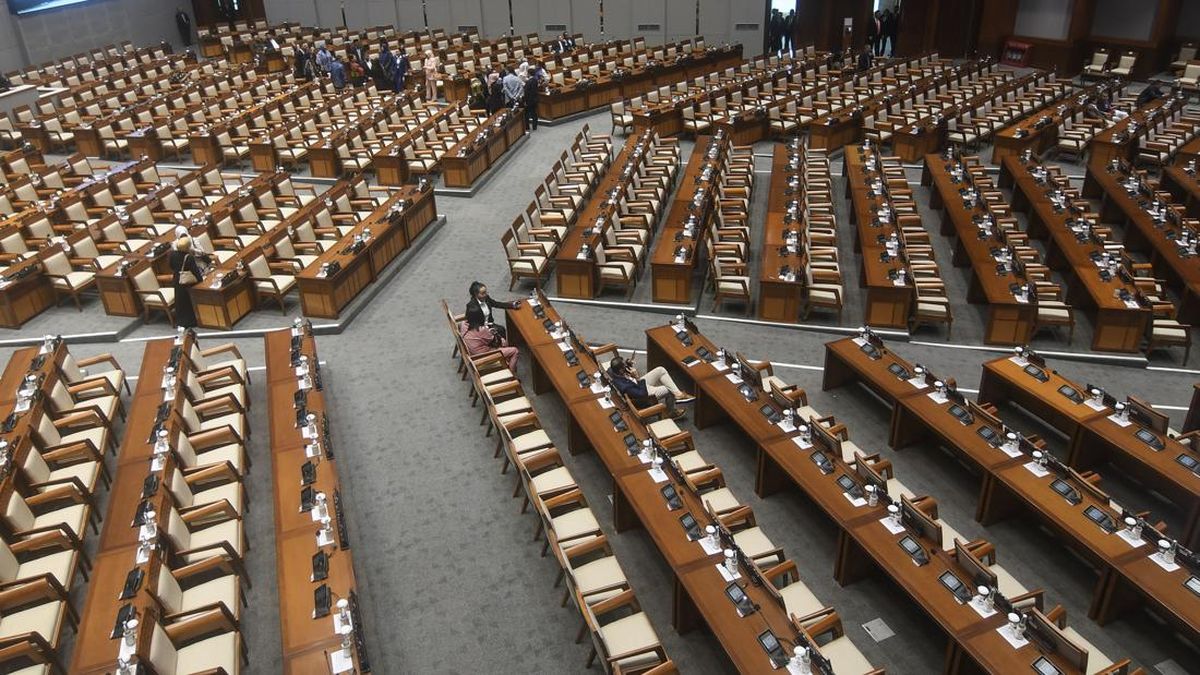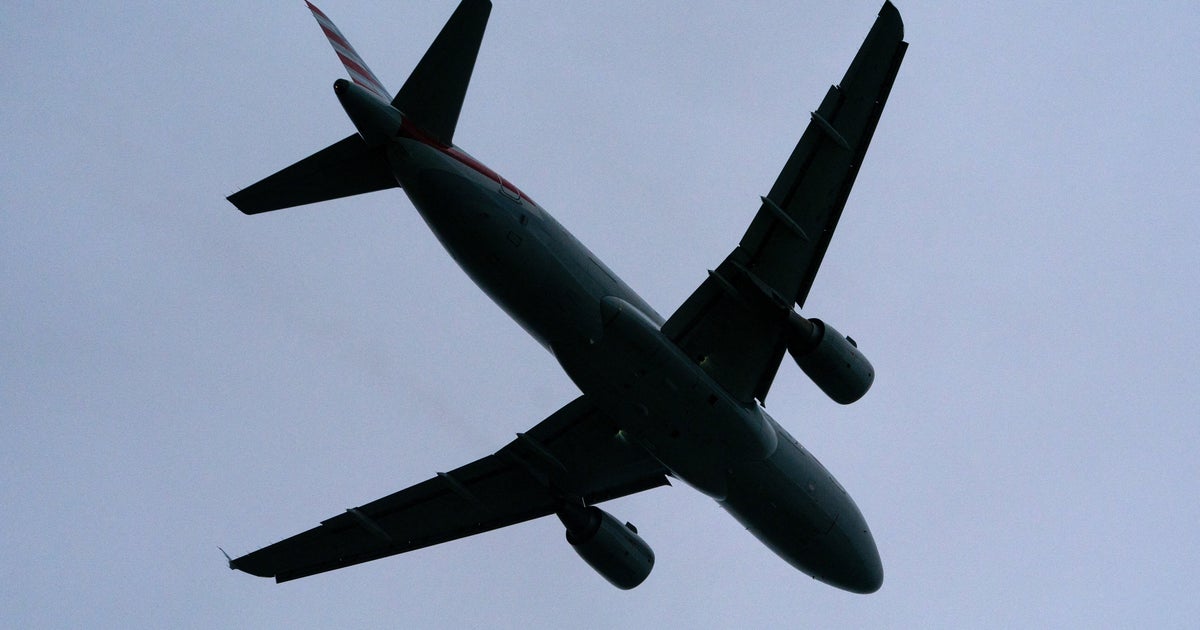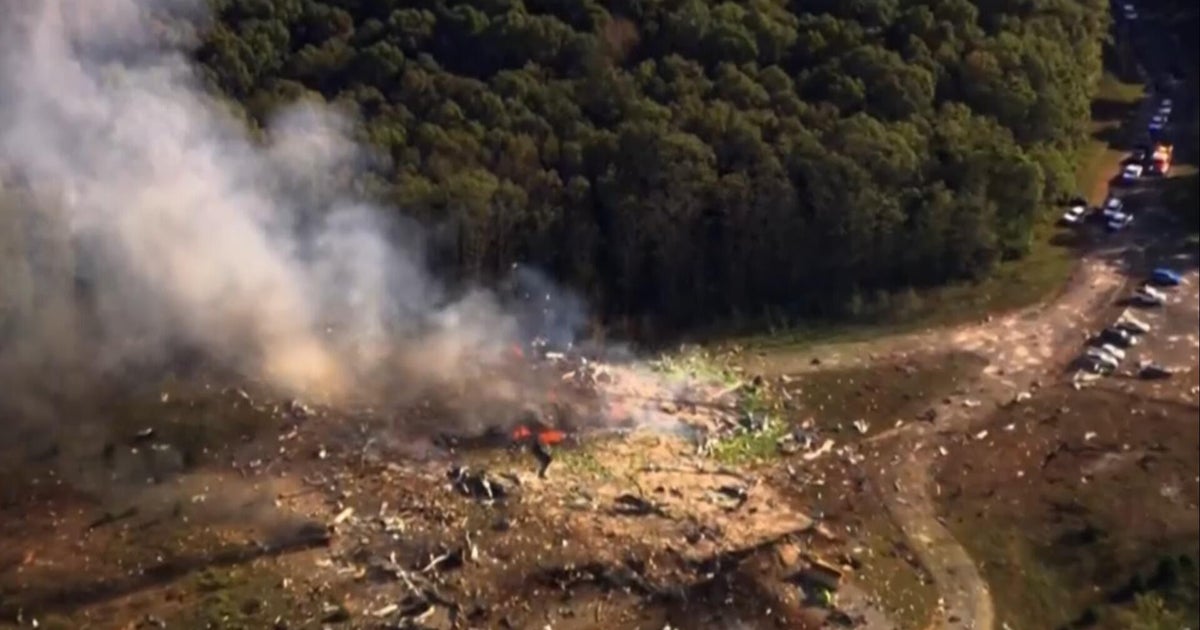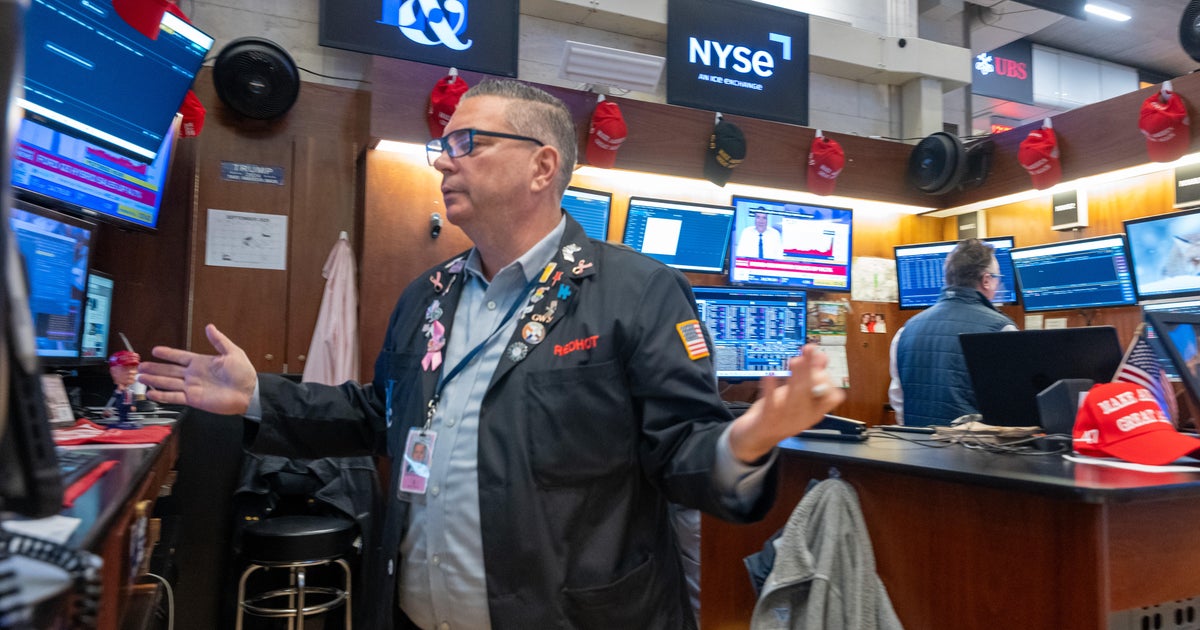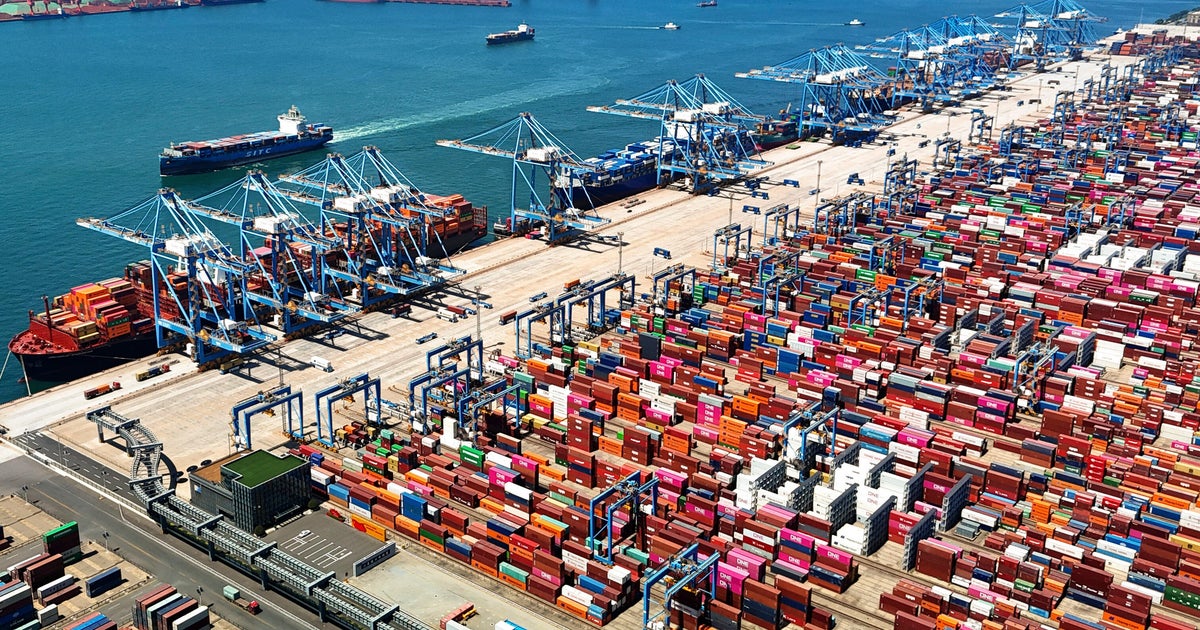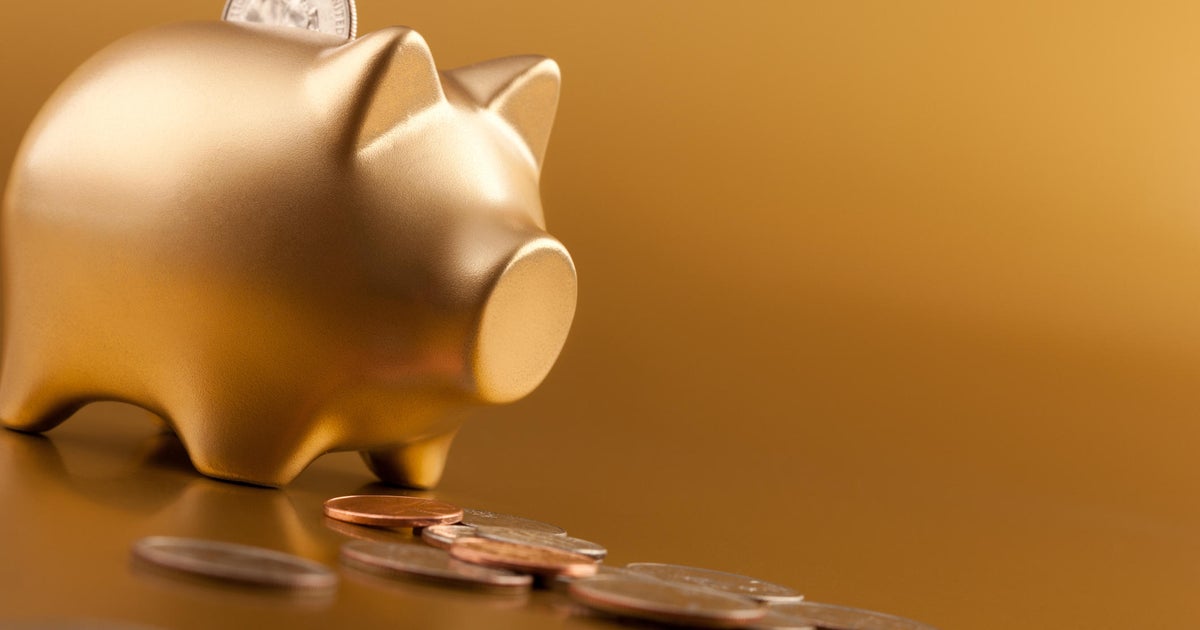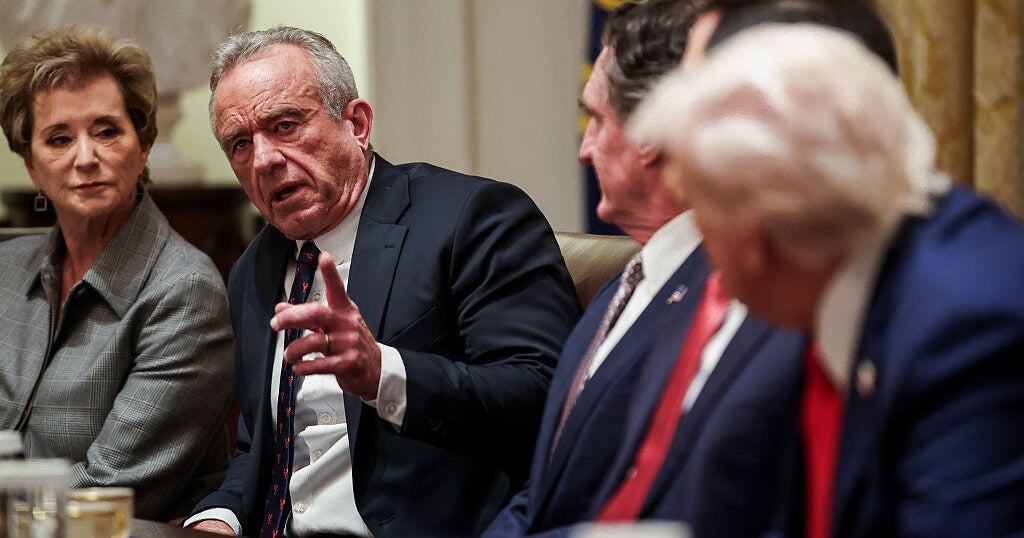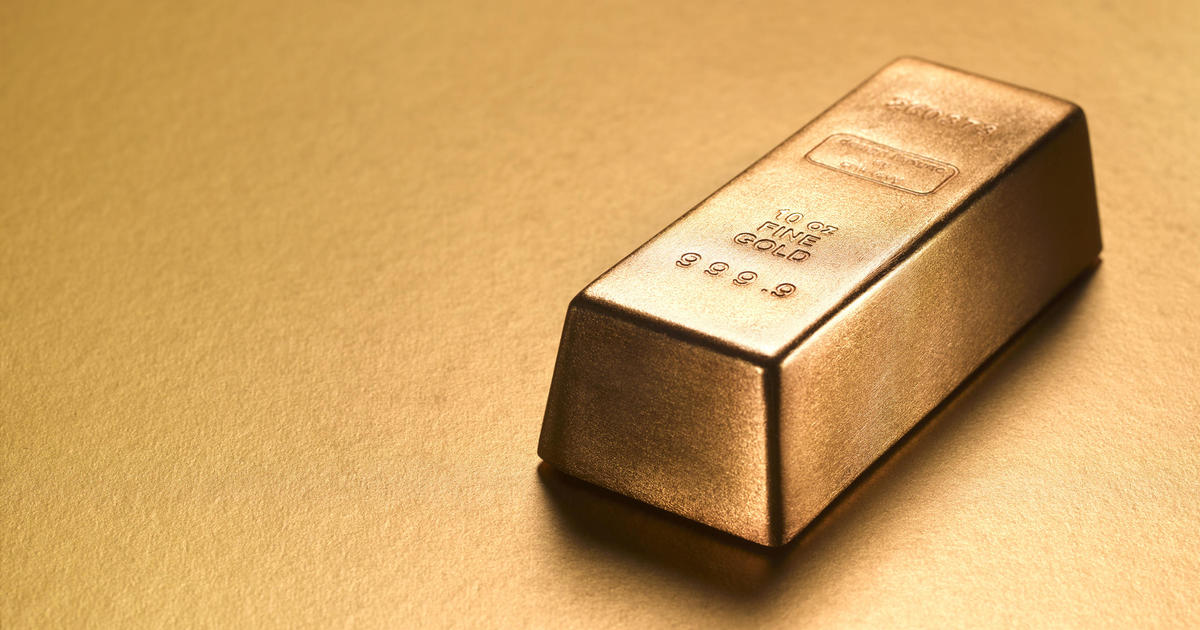October 11, 2025 — 5:00am
Swatting a never-ending parade of flies away from my face as I gaze out at the dry yellow landscape before me, I find it hard to imagine that the place where I’m standing was once a lush forest, at the verge of an inland sea. But a lot can change in 95 million years – give or take a millennium or two. Back then, it wasn’t humans, but dinosaurs that were the dominant life form on this planet. And, somewhat incredibly, evidence of their existence is still abundant here in Winton, where I’m standing under the harsh mid-morning sun outside the Australian Age of Dinosaurs Museum.

This multi-award-winning institution was founded by grazier David Elliott, who stumbled across what was at the time Australia’s largest dinosaur bone whilst mustering sheep on his nearby property in 1999. He went on to assemble Australia’s largest collection of dinosaur fossils, leading him to be named Australia’s Local Hero in the 2024 Australian of the Year Awards in recognition of his work creating the paleo-tourism industry that has put outback Queensland on the map.
One of the museum’s key drawcards is that you don’t just get to see dinosaur bones here; you can also get your hands dirty on a week-long dinosaur dig, or spend a day or so helping prepare fossils for display. Armed with a paleo tool, which resembles a miniature jackhammer, I slowly chip away at rock around the vertebra of a sauropod inside the large shed that serves as the Fossil Preparation Laboratory. “Hold it loosely like a pencil, pick a spot and go back and forth to make an edge,” advises collection supervisor Mackenzie Enchelmaier, who naturally goes by the nickname Macca.

It doesn’t take long for me to realise you need the patience of a saint to be a fossil technician, but I also find the experience strangely cathartic. I can’t help chuckling to myself when people on the afternoon tour I’d been on that morning stand watching me work from the other side of a chain that separates tourists from technicians. Macca also remembers standing on the other side of that chain as a child, when she came here on a holiday with her family, who can’t have guessed it would inspire her to one day study a Masters of Palaeontology.

I’d been wanting to visit Winton for more than two decades, after a tour guide I met in the Northern Territory told me about a place nearby called Lark Quarry, where you can see the fossils of what is believed to be the world’s only record of a dinosaur stampede. It’s as astounding as I had expected to view the roughly 3300 footprints belonging to more than 100 chicken-sized carnivorous coelurosaurs and larger ornithopods who ran for their lives as they were chased by a much bigger, meat-eating theropod. You can even see where one slipped and fell, before placing its hand in mud to stabilise itself before getting up and continuing on its path. If it sounds familiar, it’s probably because this site inspired one of the most famous scenes in the Steven Spielberg blockbuster Jurassic Park.

While it had long been on my bucket list, it wasn’t until my five-year-old son started looking for fossils at the beach over summer that I decided it was finally time for us to embark on the epic two-week journey. Daunted by the sheer distance we would need to cover, I briefly considered flying to Longreach and hiring a car. But after discovering the eye-watering price of flights, I began researching a road trip, and found there was enough to do along the way to make this a holiday that’s as much about the journey as it is the destination.
In Roma, I sip a glass of port as we cuddle up under a fluffy blanket in the outdoor theatre watching dramatic puffs of smoke and flames shoot into the sky at The Big Rig Light Show. At Charleville Bilby Experience, we meet three of the cute critters and learn how the Save the Bilby fund was founded in the 1990s in a bid to prevent the native marsupials becoming extinct. Later that night, we peer through a giant telescope to discover blue, red and yellow stars at the Charleville Cosmos Centre, marvelling at the size of the universe – and at the knowledge of our astronomer and geophysicist guide Les Penrose, who has an astonishing five science degrees.

The dinosaur component begins in Eromanga, which is often touted as Australia’s furthest town from the sea. Besides the circa-1880s Royal Hotel, which hosts a community barbecue on Saturday nights, there’s not a helluva lot to do in Eromanga. But just a few kilometres out of town, a contemporary concrete bunker-like building with strong Roswell vibes is the starting point of the fascinating Eromanga Natural History Museum.
The experience here begins with a movie in the theatre, which does a commendable job of capturing 45 billion years of history, including two major extinction events, in 20 minutes. We then head to the workshop, which lies in a large shed out the back, where we find ourselves awestruck by the towering 3D-printed leg bones of Cooper, the largest dinosaur ever found in Australia. At 30 metres long and more than six metres high, Cooper is too big to fit in any of the museum’s existing buildings, but there are plans in the works to build a gallery to house its skeleton.

In Longreach, the theme switches from dinosaurs to drovers. We get into the pioneering spirit with a stay in a rustic slab hut reminiscent of those built by early settlers – albeit with rain showers and plenty of other mod cons – at Saltbush Retreat. The lovingly decorated retreat is a short drive from the CBD, across the road from the Qantas Founders Museum, where we see the story of the airline come to life during an impressive sound and light show. At the Australian Stockman’s Hall of Fame, a bit further down the road, we hear the sonic boom of a stockwhip being cracked during the entertaining live show.

But the real fun occurs on Outback Pioneers’ Cobb & Co. stagecoach tour. “Hold onto your hats and pull up your bras,” the driver warns as the horses begin to gallop, recreating what it would have been like to run a storm in the early 1900s. His cattle dog barks excitedly as an anxious-looking kangaroo hops alongside us. We snack on popcorn while watching a 1950s Chips Rafferty movie, before eating corn-beef sandwiches and Anzac biscuits out of a billy can while watching an old-style tent show.
The same actors are at it again that night, performing hilarious bush poetry as we eat beef stew and damper cooked over the campfire beside the Thomson River, after a sunset river cruise on the Thomson Belle paddlewheeler.
From prehistory to a taste of the more recent past, Outback Queensland has got it in droves.
THE DETAILS
Drive

Winton is about 1400 kilometres north-west of Brisbane. Take the Warrego Way to Eromanga via Charleville and Roma, then follow the Matilda Way from Charleville to Winton via Longreach.
Stay
Rates at Saltbush Retreat in Longreach, which has a pool and three outdoor baths, from $179 for Cabin Rooms and $260 for Slab Huts. See saltbushretreat.com.au
The art deco-style North Gregory Hotel in Winton, which has a hydrotherapy spa and a large beer garden, has rooms from $130 a night. See northgregoryhotel.com
Coopers Country Lodge, on the grounds of the Eromanga Natural History Museum, offers studio rooms with kitchenettes from $180. See enhm.com.au/accommodation

More
queensland.com
Sign up for the Traveller Deals newsletter
Get exclusive travel deals delivered straight to your inbox. Sign up now.


